Korea Food︱Kimchi
 Weather forecast of Republic of Korea
Weather forecast of Republic of Korea





Share the article:
Recommended Related Article:

Kimchi
Origin of Kimchi
Kimchi was created as a way to preserve vegetables for the winter months. What started as cabbage simply pickled in salty brine slowly transformed into the kimchi we know today, through the addition of various spices and seasonings such as hot pepper powder.
Nutritional Value of Kimchi
Kimchi is high in nutritional value and has many health benefits, earning its spot as one of the top five healthiest foods in the world according to American health magazine “Health.” Thanks to the fermentation process, kimchi contains lactic acid bacteria, a bacterium that helps with digestion and combats harmful bacteria. Kimchi also boosts the immune system and helps prevent the growth of cancer.
Types of Kimchi
Regions, temperatures and other environmental conditions have led to the creation of more than 100 different types of kimchi. The most common types of kimchi served are baechu kimchi, kkakdugi, and nabak kimchi.
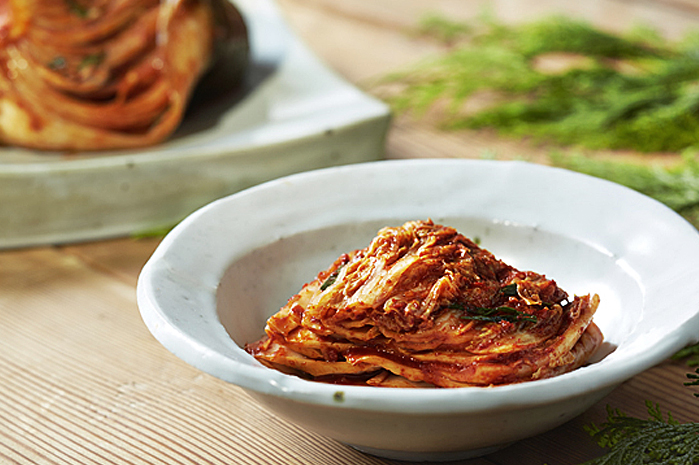
Baechu kimchi: Cabbage Kimchi
Popular kimchi enjoyed by most Koreans, baechu kimchi is made with a whole, uncut salted cabbage mixed with Korean chili powder, garlic, fish sauce and other spices, which is then left to ferment.
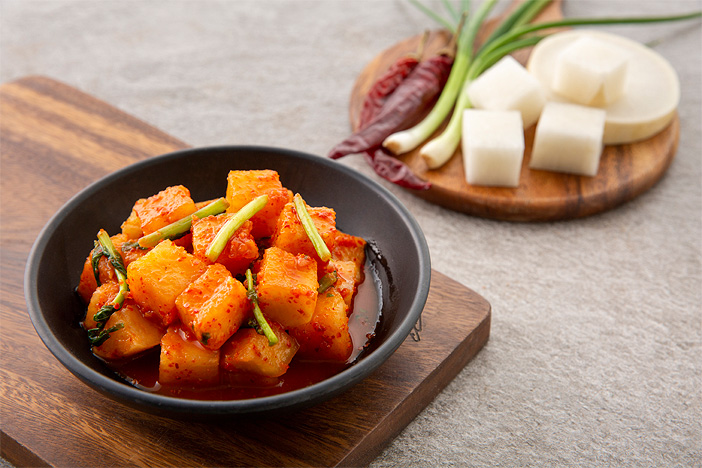
Kkakdugi: Diced Radish Kimchi
The basic ingredients used for creating this kimchi are similar to those used to make baechu kimchi, with the exception of using radish instead of cabbage. The crunchy texture is the distinct characteristic of this kimchi.
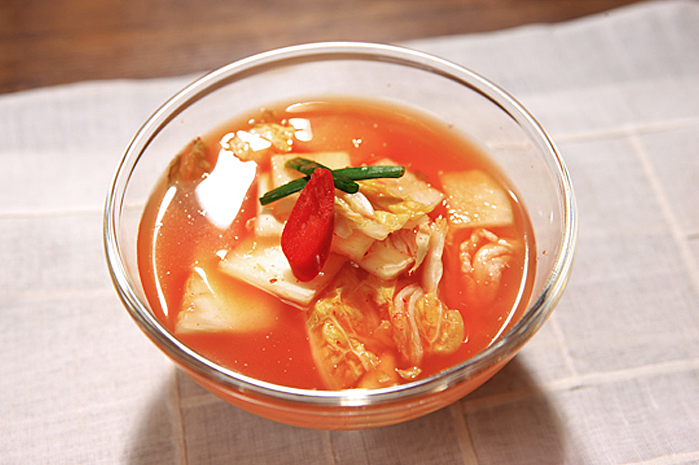
Nabak kimchi: Water Kimchi
This is a less spicy version of kimchi that uses both cabbage and radish. Using a great deal of kimchi stock, it tastes sweeter than other types of kimchi due to the addition of sliced fruits such as apple and pear.
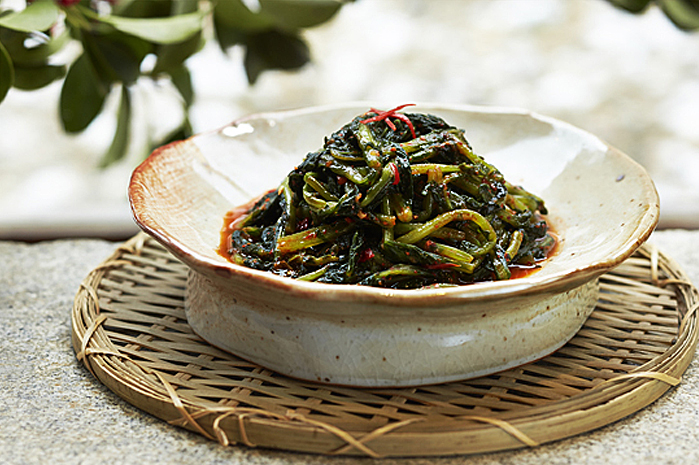
Yeolmu kimchi: Young Summer Radish Kimchi
Yeolmu kimchi is prepared and eaten in summer when cabbages are not yet ready for harvest. This kimchi is made using young summer radishes, mixed with Korean chili powder, green onions, and chives, giving it a unique aroma and taste.
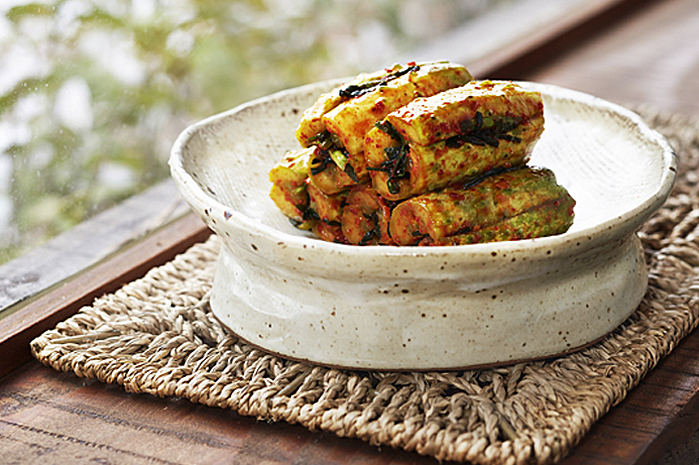
Oi sobagi: Cucumber Kimchi
This kimchi is preferred during spring and summer days, as the crunchy texture of cucumbers and refreshing kimchi stock create a variation to kimchi.
Where to Buy
Kimchi is available in a variety of types and packaging sizes at convenience stores and supermarkets. For the convenience of travelers leaving Korea, duty free shops located in major international airports and seaports also have airtight sealed kimchi products available.
Recommended Related Article:






